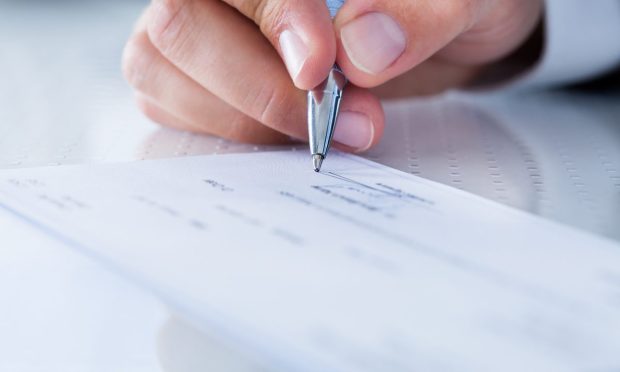Paper Checks Remain B2B Payments Biggest Digital Blocker

Despite the long-standing quest to digitize B2B payments, there’s still a lot of work to do.
There are many reasons why the status quo remains stubbornly intractable. The crux of the matter is the question of pain versus gain. Digitization has undeniable benefits, but it also carries unquestionable costs. The challenge is to manipulate the variables to yield a positive ROI.
State of the Paper Chase
According to PYMNTS research, 81% of businesses still pay other firms via paper checks, making it the most common B2B payment method, even amid companies’ digitization efforts.
Get the report: The Treasurer’s Guide To AR Payment Optimization
Automated clearing house (ACH) payments are used by just fewer than 64% of firms. Thus, about a third of businesses have not yet even adopted this most basic and long-tenured form of digital payment.
Credit and debit cards finish at a distant third in the race to escape the paper chase. Only 48.2% of firms use credit cards to make payments, and just 19.2% use debit cards.
Why so Slow?
There are several reasons so few firms use these digital payment modes. One is their fees, which represent a significant cost, especially for high-ticket items. Typically, payees are unwilling to absorb these fees. Payors are equally reluctant to incur them.
There are also control issues. Corporate checks are easier for AP staff to control with multiple signature requirements and other process safeguards. One of the reasons the pandemic was a catalyst for change is the prospect of AP personnel storing corporate checks in home offices. But now that companies have returned to the office on at least a hybrid basis, many are finding that it’s all too easy to revert to old, familiar ways.
Those procedures often involve elaborate, non-standard approval processes that are challenging to automate. For example, 63.1% of businesses require approval from two to five people. Another 10.8% of firms require even more approvals. These processes take an average of 14.1 business days.
Cost and Time
Despite these impediments, there are benefits to be gained from automation of AP/AR.
- Expense reduction. Automated invoice processing is almost 80% less expensive than processing paper invoices. Specifically, the average paper invoice costs $10.08 to process, while the average automated invoice costs just $2.18 to process.
- Quicker processing. Automated invoice processing is 56% faster than processing paper invoices. It takes 8.3 days for firms to process the average paper invoice, while the average automated invoice takes just 2.9 days.
Purchasers have an incentive to improve supplier satisfaction through prompt payment in a supply chain environment, which creates something of a seller’s market for certain goods and services amidst shortages and delays.
Clarity and certainty about the timing of payments is another benefit of digitization. As it stands, corporate cash flow managers find the unpredictability of legacy B2B payment methods even more frustrating and potentially damaging than the delay.
For all PYMNTS B2B coverage, subscribe to the daily B2B Newsletter.